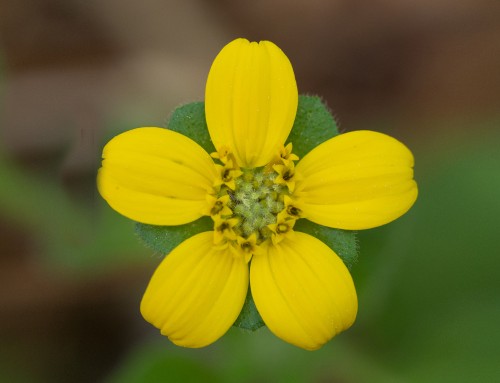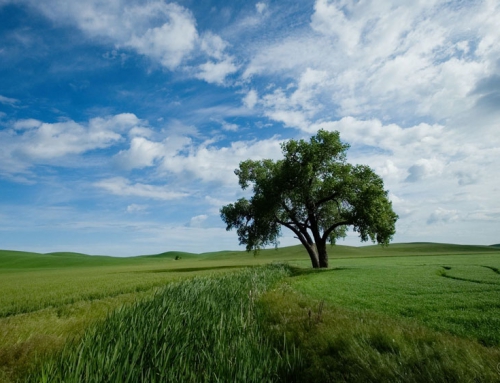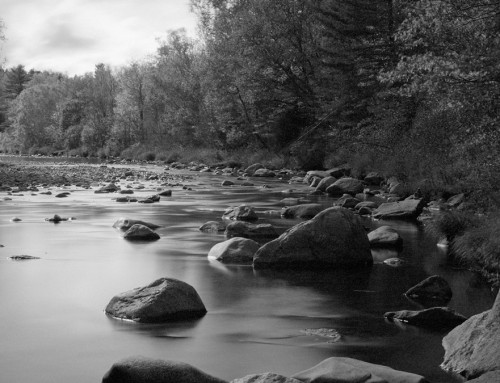https://youtu.be/B5BMwqhvnTs
This video demonstrates how to use the masking selection tools in Exposure. These tools flexibly work together to help you quickly generate layer masks that isolate a subject for editing adjustments.
Photo: Andrea Livieri
Transcript
Polygon Selections
The Polygon selection tool enables you to draw a quick border with a number of points that Exposure uses to make a high-quality selection. Click the Brush icon to open the panel, or click the layer mask thumbnail. Under Draw Mask, choose Selection. Click Include Polygon and then place a few points on the image to draw an approximate outline of the object. Exposure will intelligently locate the edges of what you outline. You can make adjustments to the points at any time. The mask will update as you make tweaks.
To remove an area from the selection use the Exclude Polygon tool. Just like designating areas that you want to include, this tool tells Exposure what not to include in the selection.
For detailed edges or sweeping curves, you can hold the Alt/Option key to draw the polygon edge by hand. Release the key and then continue drawing points to close the shape.
Adding more points to the polygon will bring the lines tighter to the edges. This gives Exposure better information to analyze when it generates the selection boundaries. If the polygon includes areas you don’t want in the selection, you can add more points, or move points to refine the boundary.
Refining Polygons
The Base Width slider controls the width of the polygon Exposure uses to create the mask. Widen the base width to have Exposure scan a larger area for edges. A wider thickness enables you to make a simpler polygon, which is better for selecting objects in the scene with defined edges. If the object edges blend into the background, use a narrower base width and more precise polygon points.
Another refinement to consider is the width at each point in the polygon, which is modified with the Relative Width control. Select one or more points to adjust each of their widths. A thicker polygon makes it easy to cover all the edges of an object, but it might not find the edges as accurately. A thinner polygon makes you be more careful about following the edges when placing points, but it’ll do a better job.
Make additional tweaks to the edges of the polygon with the Edge Options. The Expand slider will either grow or shrink the polygon in all directions.
The Matting slider makes edge-sensitive expansion when getting the perfect edge is crucial. It pushes the mask out toward the border of the selection to blend away thin lines that may appear at the edges of the mask.
Use markers to quickly make refinements to the selection. Include markers tell Exposure to include a specific area with the selection. Exclude markers tell Exposure to not select a specific area. Every marker you place can be moved and modified after it’s been placed on the image.
Markers have an inner boundary and an outer boundary. The inner boundary is the Base Width, which is used to precisely the area you want to mark. The outer boundary is the area Exposure will search to find the edge of the object. Control the outer boundary with the Border Width slider.
Marker Selections
Markers are also useful without the polygon drawing tools. Because they can be used by themselves, they are another great way to select objects in Exposure. Use Include Markers to roughly select objects in the scene. Draw a marker so the base width boundary covers the majority of the object. Exposure will create a selection based on that.
Then, just like refining the polygon selection, use Exclude Markers if there are areas that need adjusting. Markers can be drawn in lines or just dots, depending on image content. Once they are made, adjust the Base Width and Border Width to refine the area.
Border Markers tell Exposure where to look for the edge of the object. If there are areas of the selection that need to extend to an edge, simply trace along it with a border marker, and Exposure will update with the new data.












